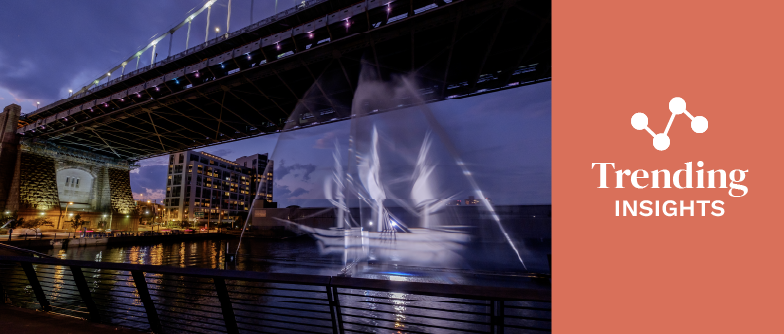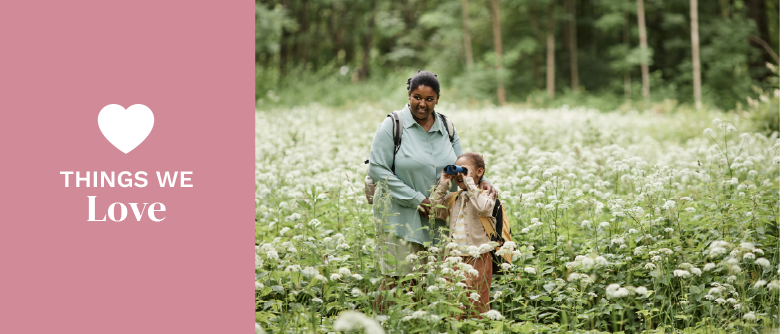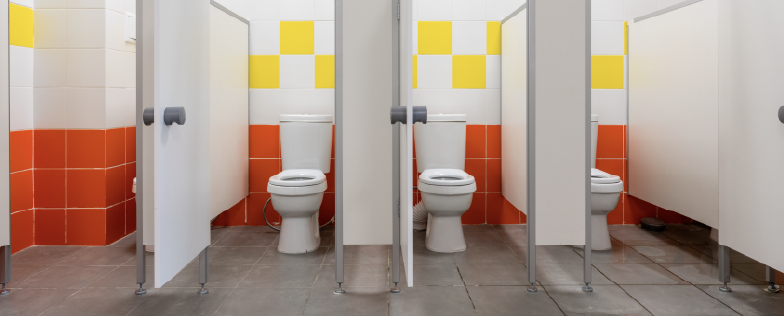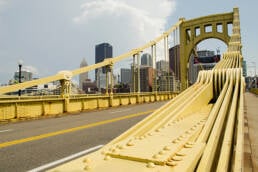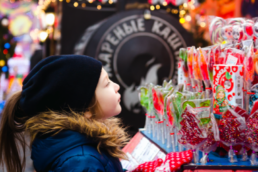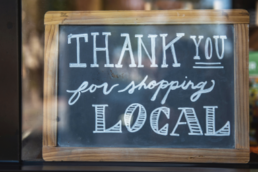If you’re like us, you’re already dreaming, scheming, and planning this year’s Halloween efforts — but just because we’re talking about 👻 spirits, doesn’t mean you’re only limited to October’s high holiday. For years now, we’ve been fascinated with, and impressed by Ghost Ship — the enthralling, shimmering, mesmerizing water/light/art installation from the masterminds at Biangle Studio. After initially experiencing it on the Delaware River, when the DVRPC’s ‘Waterfront Arts Program’ brought Ghost Ship to Philly, the fantastically phantasmal images have been stuck in our craw! Experiential art and illuminated placemaking join forces when Ghost Ship sails into your district — and it’s a BIG draw in size, scale, and social caché! At nearly eight stories high, this apparitional artwork is projected onto pressurized water spray, resulting in an unforgettable, holographic experience that draws big crowds, earned media, and a helluva lot of hullabaloo for you and your district.
We recently connected with Dr. Christos Makridis, cultural representative for Biangle, to discuss Ghost Ship — including all the spooky specs and eidolic particulars you need to know to bring Ghost Ship to town. First off, it’s an investment. Costs run the gamut, depending on the complexity of the deployment and the availability of local resources; considering a combination of payable costs and in-kind contributions from the host city or organization. But it’s not without ROI. Ghost Ship is proven to offer immersive artistic experiences that resonate with each locale’s unique maritime heritage. Installations like the Ghost Ship attract visitors, boost local businesses, and generate media exposure while fostering community engagement and strengthening cultural identity. Additionally, Biangle’s representative is a lauded expert in the value of public art, and Dr. Makridis himself is a published academic author, specializing in arts management, funding, and sustainable business models. We can guarantee that years after experiencing Ghost Ship once, the hauntingly beautiful images continue to live in our heads rent-free. With proper planning, a solid MarCom activation strategy, and media outreach, Ghost Ship will return in spades for your district.
Having haunted leading global cities like Amsterdam, Berlin, Bucharest, Liverpool, Philadelphia, and Singapore, we implore you to go big or go home with an illuminated, immersive installation like Ghost Ship. Click here to see Ghost Ship in action, or click here to watch it pop! Lead times vary and ideally, you’ll want six to nine months of planning to make a big splash. Whether you wanna be the talk of the town in 2025, or looking ahead at 2026 fiscal budgeting now — do not sit on this fabulously memorable experience, and make your district absolutely wail with shrieks of joy, (and terror) or simply marvel at eight stories of tall ship punctuating your port!
We love it when people come together around a common goal, and this one benefits us all! The City Nature Challenge is a coordinated, global effort to photograph, catalog, and identify local flora and fauna, while sharing your observations on an app. The challenge comes out of L.A., and is supported by the Los Angeles County Natural History Museum and the California Academy of Sciences. Taking part is easy! Whether you’re an individual nature lover looking to contribute, or your district wants to coordinate local efforts — it’s as easy as “see, snap, upload” to the app! In 2024, there were nearly 2.5 million observations, identifying over 65.5 thousand species, submitted by more than 83 thousand participants. The challenge crowdsources intel, leading to a better understanding of biodiversity and the environment, while providing significant benchmarks for our planet. While this year’s challenge is currently closed, if you’re a bird watcher, tree hugger, or flora/fauna enthusiast, throw your name in the hat to join the 2026 bio-blitz!

… that in the 1970s there were an estimated 50,000 public pay toilets in the U.S., but with the subsequent economic crises, many disappeared by the 1980s. Additionally, due to concerns about crime and vandalism, and a shift in how Americans utilize “private space”, many public toilets got canned (literally), and finding public facilities can be a crisis in-and-unto-itself when ya really gotta go. We’ve explored “Looinfleuncer” Teddy Siegel’s ‘mission for pissin’ before, and studied how the Portland Loo is taking some cities by storm — however lengthy approval processes and funding can put a crimp in your plans for public relief. Wanna know how your city stacks up in terms of publicly accessible washrooms? Check out this handy dandy Public Toilet Index to learn more about the best and worst places globally when a potty emergency strikes!
We’re cracking up over this streetscape art installation called “Bodies of Water, Bodies of Land, Bodies.” by Providence-area artist Linda Ford. Ford is a resident of PVD’s revered AS220, which has supported the local arts and culture ecosystem since 1985. According to Ford, “Situated in the “Ocean State” and being surrounded by rivers that merge with the sea, Providence is visually and energetically connected to water. I am inserting objects into sidewalks that people traverse every day, beckoning passersby to slow down and to pay attention to what is happening to our shared public space and resources.” Learn more about the installation here.
We’re big fans of adaptive reuse, and when former transpo arteries are converted into urban thruways and mini, indigenous forests — we’re all for it! We recently looked at Miami’s Underline, and this recent piece from Canada’s Globe & Mail caught our attention for several reasons. First, we love the “Gorilla Park” appellation which was a community-driven naming effort. And like other cities that have repurposed former industrial infrastructure into usable parkland, Montreal’s efforts incorporate rain gardens and other sustainable aspects. In homage to its interim, organic use as a park by locals, after the rail lines were closed — the new Gorilla Park brings back nearly 3,000 plantings of indigenous trees, shrubs, and flora to emulate what wilded during the railroad’s disservice. These mini-forests will house native wildlife, as well as human amenities like, “a universally accessible multipurpose trail, a railroad car where young children can play and socialize, and an agora with a shelter and planters for community activities,” — serving as a multi-purpose neighborhood hub. Learn more on Montreal’s city website.
“For UPMOs and DMOs seeking high-caliber, site-specific activations that drive engagement while reinforcing cultural identity, Ghost Ship is a strategic, scalable investment that delivers well beyond its initial run,” — Dr. Christos Makridis, CM Cultural Management, representing Biangle Studio


